Home»How a Complete Soap Making Plant Works
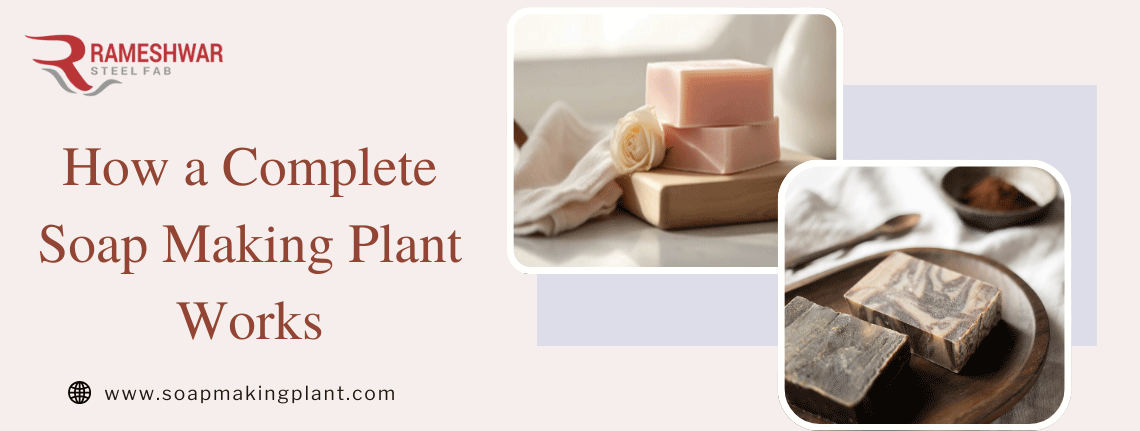
By admin 12 Sep 2025
Used in homes, businesses, and healthcare all around, soap is an every day necessity. An sophisticated production process called a Soap Making Plant underpins every bar or liquid bottle. Modern machinery, raw materials, and scientific processes are used in these plants to create soap in volume with accuracy and quality. Knowing how a Soap Making Plant operates offers ideas on the technical process as well as the commercial possibilities it generates.
Using a process known as saponification, a soap-making plant converts raw ingredients including alkali, fats, and oils into soap. These plants are meant to accommodate large-scale manufacturing, therefore guaranteeing uniformity in shape, perfume, texture, and durability. A Soap Making Plant can make bar soaps, liquid soaps, detergent cakes, and specialized herbal or medicated soaps depending on the configuration.
The quality of soap depends on the ingredients chosen. Common raw materials include:
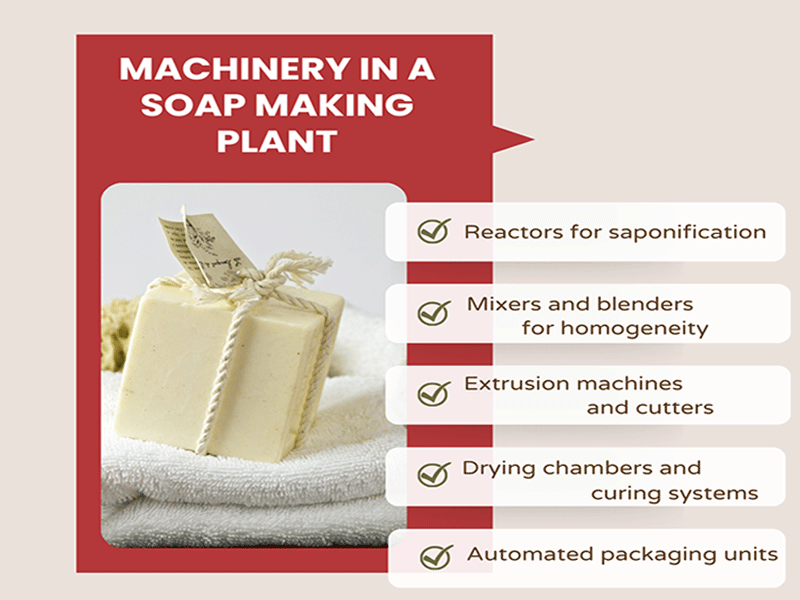
Every batch of soap undergoes quality control tests for pH balance, hardness, fragrance stability, and microbial safety. Worker safety is equally important, as handling alkali and chemicals requires protective equipment and strict protocols.
Still among the most asked-for goods worldwide is soap. Establishing a Soap Making Plant Manufacturer factory presents possibilities for startups, small enterprises, and major industries. Manufacturers can expand their product lines to target niche markets in response to rising demand for herbal, organic, and antibacterial soaps.
A Soap Making Plant is a vital part of the personal care industry, combining science, engineering, and innovation. From raw material preparation to final packaging, every step is designed to deliver safe, high-quality products to consumers. As the demand for sustainable and premium soaps grows, Soap Making Plants will continue to evolve, shaping the future of global hygiene and wellness.
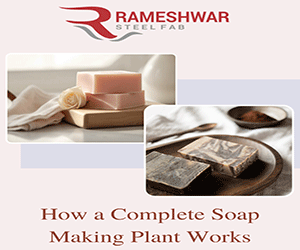
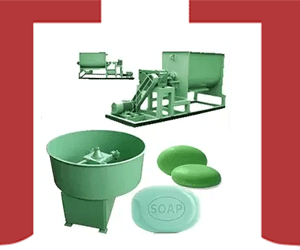
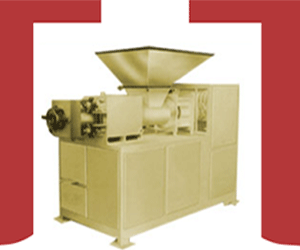
Owned & Powered By: #1 Vinayak InfoSoft - SEO Company Ahmedabad || Disclaimer || Sitemap